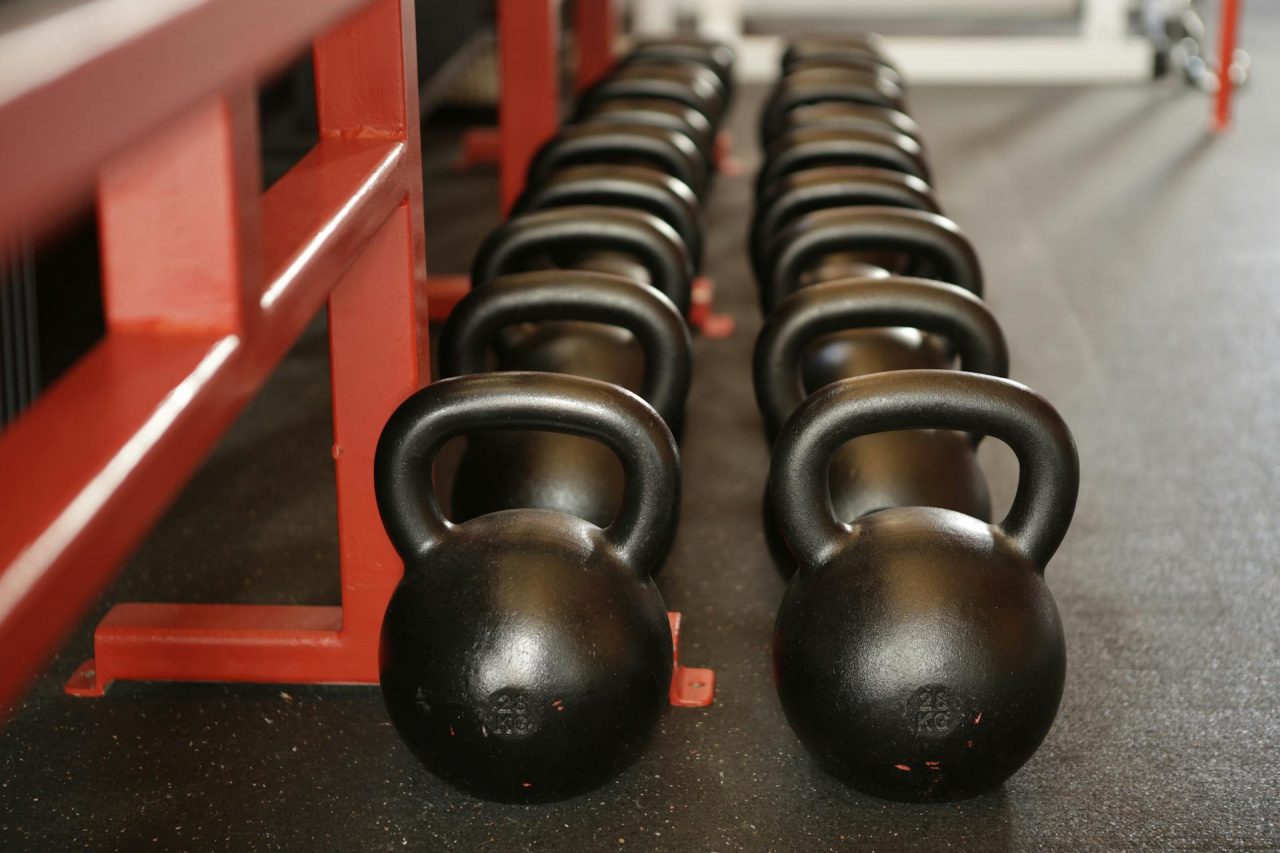This is an extremely important paper for the strength and conditioning professional. It provides the periodization model that is widely used in strength and conditioning and also provides many of the set/repetition guidelines that are used for various goals (for example, training for hypertrophy). Very little of the information established in this paper has changed today.
The authors lay out a periodization model where athletes begin by training for hypertrophy, then progress to strength training, then progress to strength/power training, and finally have a maintenance phase (i.e. in-season training). The idea being that the hypertrophy that is built in the first phase is used to help increase strength in the second, the strength developed in the second phase helps to increase the power in the third, etc. They also propose set/rep guidelines that we’re all familiar with:
Hypertrophy: 3-5 sets x 8-20 reps
Strength: 3-5 sets x 206 reps
Strength/Power: 3-5 sets x 2-3 reps
Maintenance: 1-3 sets x 1-3 reps
To study the effectiveness of this model, the authors studied 20 male college students and divide them into two groups. Each group trains 3 days/week for six weeks. Both groups did the same exercises (M/F were squats, leg curls, and bench presses; W were pulls and behind the neck presses). The first group did three sets of six on each exercise (except leg curls, which was one set). The second group took a periodized approach on each exercise:
Weeks 1-3: 5 sets x 10reps
Week 4: 5 sets x 5 reps
Week 5: 3 sets x 3 reps
Week 6: 3 sets x 2 reps
In addition, the authors also applied this approach to six Olympic lifters and 31 high school football players.
Both training groups made improvements as a result of training. However, in all groups observed, the periodized group made the best gains in strength, hypertrophy, and vertical jump. This is attributed to the superiority of the training model.
This is an important study because it’s where we get some of our volume/intensity guidelines for strength training and it is where our general approach to periodization (at least with the National Strength and Conditioning Association) comes from. However, like many periodization studies it has some significant limitations. First, the periodized group had the greatest volume on the exercises (50 reps an exercise for the first three weeks versus 18 reps, 25 reps/exercise for week four versus 18). This means that their strength training provided a greater training effect than the 3×6 group. Second, the periodized group trained the heaviest (sets of 3, sets of 2). Third, the periodized group had a lot more variety in their training than the 3×6 group did, which is important.
After Willoughby’s 1993 article, authors began to realize that there was a need to equate the volume in periodized vs. non-periodized training studies (i.e. both groups would have done the same total volume during the course of the study). When that happened, the results became mixed (see Cissik et al 2008).
References:
Cissik, J.M., Hedrick, A.H., Barnes, M. (2008). Challenges applying the research on periodization. Strength and Conditioning Journal, 30(1), 45-51.
Stone, M.H., O’Bryant, H., and Garhammer, J. (1981). A hypothetical model for strength training. Journal of Sports Medicine and Physical Fitness, 21, 342-351.
Willoughby, D.S. (1993). The effects of mesocycle-length weight training programs involving periodization and partially equated volumes on upper and lower body strength. Journal of Strength and Conditioning Research, 7(1), 2-8.
Revised January 20, 2025


